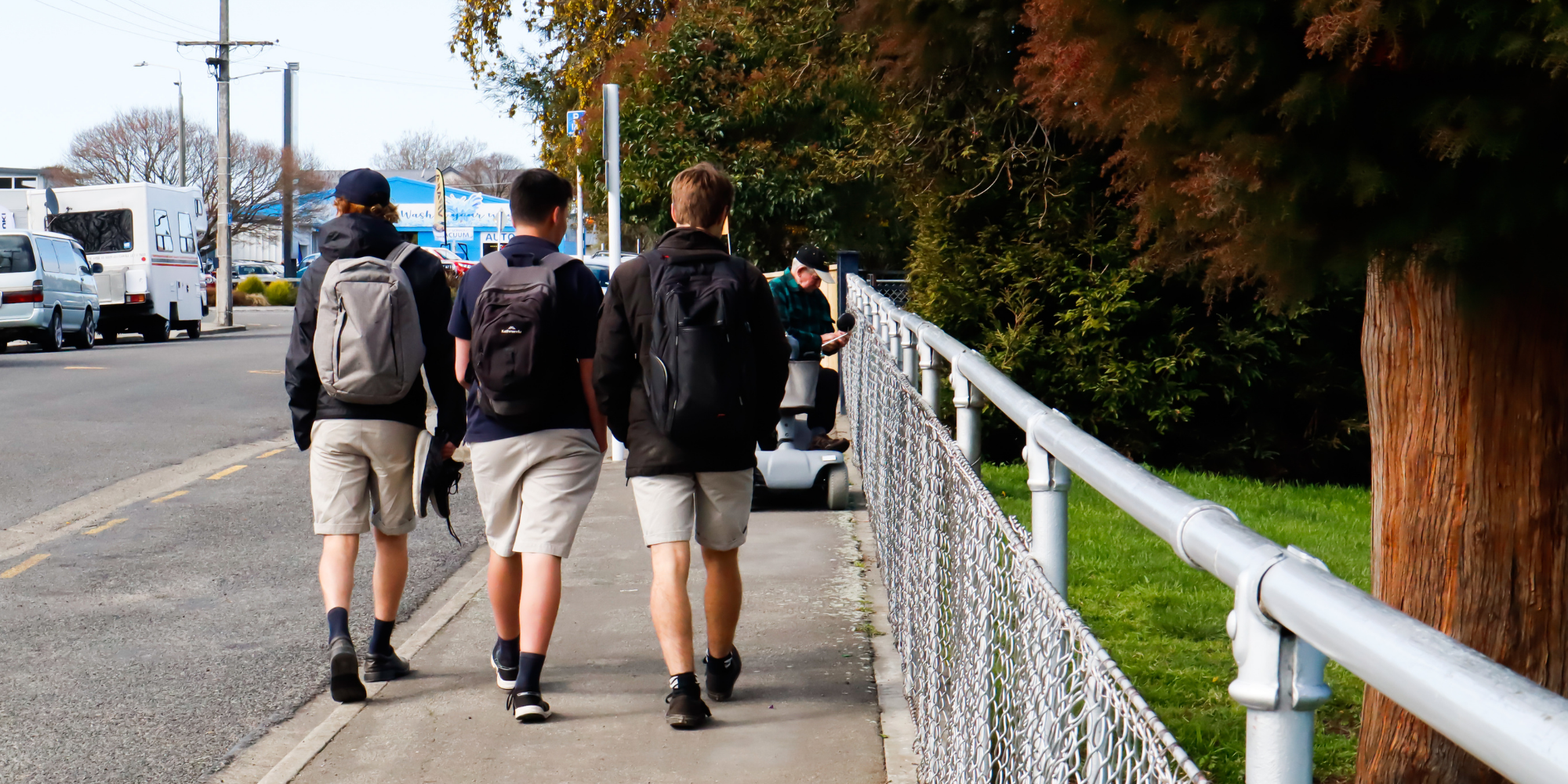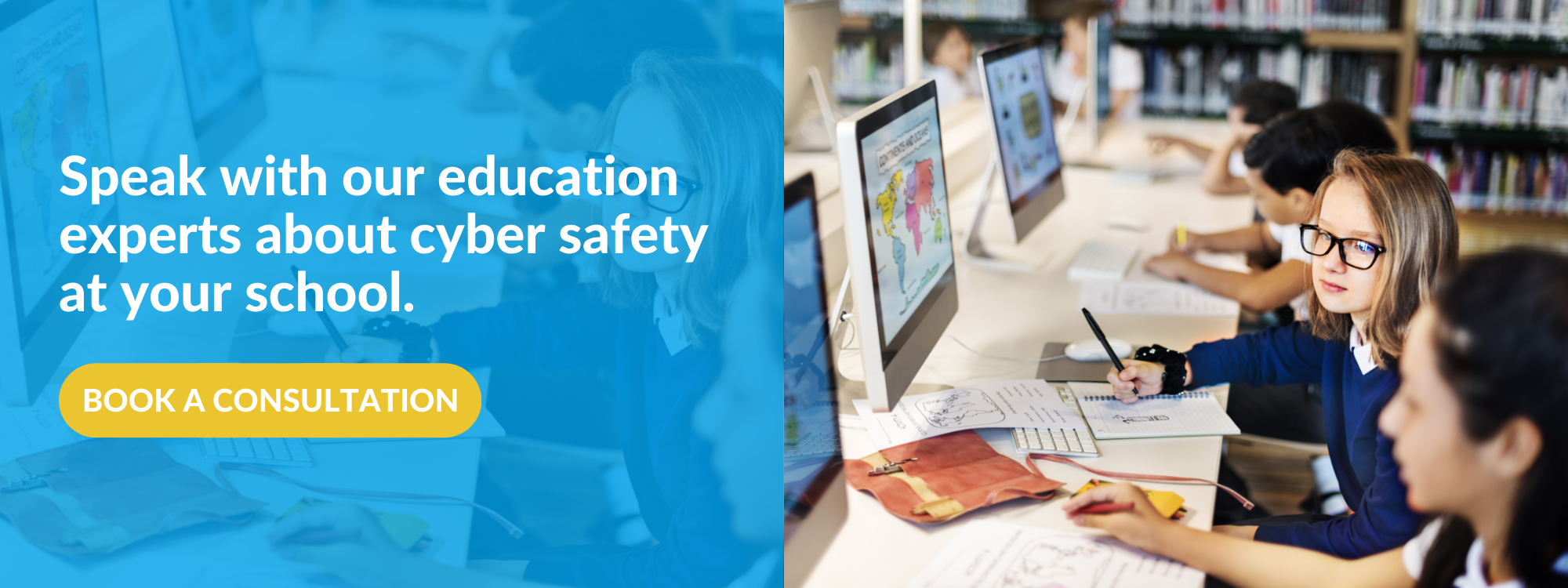How online porn is fuelling sexual violence in our schools
March 19, 2021

It started with a simple question: “Have you or has anyone close to you experienced sexual assault from someone who went to an all-boys school?”
When former Sydney private school girl Chanel Contos posted that on her Instagram account, she never expected to kickstart a national conversation around consent, sexual violence and the impact of online pornography on a generation of young Australians.
To date, the post has attracted over 5,000 accounts of sexual assault, rape and coercion - some by girls as young as 12. They included multiple reports of forced sex acts that were filmed and uploaded to porn sites.
School leaders and state education officials have reacted swiftly to growing calls for more rigorous consent education in all school sectors. In New South Wales, hundreds of private school heads have been briefed by the head of the state’s sex crime squad on ways “to create an environment and culture where students can focus on education and empowerment safely without fear.” In Victoria, Education Minister James Merlino has called for a nationwide rollout of the state’s “Respectful Relationships” curriculum, developed in the wake of the royal commission into family violence.
Cranbrook prefect Asher Learmonth responded by delivering a blunt speech to his fellow students. “Don’t lie to yourself. Don’t make excuses,” he urged. “Instead, identify this sexist and reductive attitude within yourself, within the boys you go out with. Change the way you view women.”
Yet in the view of a growing number of commentators, consent education and calls to conscience have little hope of effecting lasting change for a generation steeped in the violent, dehumanising messages of online porn. The culture of sexual violence that appears to be rampant in Australian schools is the result of a whole constellation of converging social forces, notes Cranbrook headmaster Nicholas Sampson. But “readily accessible pornography,” he says, is “perhaps the most pernicious and undermining” of all of them.
|
Related Content |
There is widening agreement with that view from a range of observers, among them Labor frontbencher Tanya Plibersek. Observing that the average Australian child now encounters online porn by age 10, Plibersek points out, “These kids are getting sex education from somewhere and it’s not from us … It’s from pornography where there’s violence and degradation and demeaning images of women.”
Writing on the ABC website, commentator and advocate Melinda Tankard Reist, author of a number of books about the sexualisation of girls and the porn industry, offers an even bleaker assessment.
The porn industry, she charges, “takes pre-existing harmful codes of masculinity and entitlement and turbo-charges them.
“All the best intentions and efforts cannot compete with the world’s biggest department of education: pornography. If we don’t address pornography’s conditioning of boys, which trains them to accept rape myths — that “no” in fact means “yes” — and which normalises aggression, coercion and domination, these girls and all those that follow don’t stand a chance.
“How can we hope to convince boys that “Girls aren’t sexual objects, so don’t treat them like pieces of meat”, when this global industry profits from indoctrinating them to see women as precisely that?”
 Cyber expert and youth advocate Dave Kobler (pictured) agrees. The link between sexual violence among young Australians and what has been called “the porn curriculum” is unmistakable.
Cyber expert and youth advocate Dave Kobler (pictured) agrees. The link between sexual violence among young Australians and what has been called “the porn curriculum” is unmistakable.
“We’re talking about a generation of kids for many of whom online pornography is the main source of sex and relationship education,” says Kobler, co-director of Protect Our Kids, a leading digital health and wellbeing consultancy based in NSW.
“The messages they are getting from porn about violence against women are exactly what these findings reflect: that force is a normal part of a sexual relationship, that women enjoy being coerced and degraded, that ‘no’ often (if not usually) means ‘yes.’”
Kobler pointed to a recent study on the impact of porn exposure on Australian Year 7 students, conducted through the Medical School at the University of Sydney. Consistent with past research, the study found “clear negative effects” that included increased objectification of women and decreased social empathy.
|
Related Content |
The message for schools is powerful. Yes, consent education is essential for both boys and girls - and the earlier the better. At the same time, to ensure duty of care, students’ access to online pornography needs to be managed comprehensively - both on the school network and also on any other device brought to school, including BYOD laptops/tablets and personal mobile phones.
But traditional school firewalls, with basic filtering functionality and rudimentary reporting, are no longer good enough - especially given the rampant use of VPNs to bypass school filtering.
Linewize’s leading-edge School Manager technology is up to the task. Its revolutionary reporting interface shines a light on the darkest corners of students’ online activity, right down to which sites they are accessing at any given moment of any given day. Separate adult content reports are also readily accessible on School Manager, can display data on entire years, classes or individuals.
What it all adds up to is best-in-class visibility, reporting and insights being delivered to the staff who need it most - and who can action it most effectively. Linewize, supporting schools to meet their digital duty of care, in our ever more digital world.
Topics: schools, online pornography, sexual assault, violence, consent
Would you like some more information? Or a demo?
Get in touchSubscribe to our newsletter
Popular posts
Recent posts
What Student Digital Risks Can Your School Expect in 2024?
Helping Australian Schools Better Safeguard Students This Academic Year
Navigating harmful content online: A guide to managing children’s exposure to distressing content online
In light of current international events, young people may come into contact with distressing online content. This article has been written ...
Safer Internet Day 2023 - Easy ways schools can get involved
Tuesday, 7th February 2023, is Safer Internet Day, an excellent opportunity for your school to educate, inspire and empower your students ...
